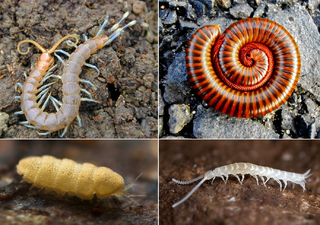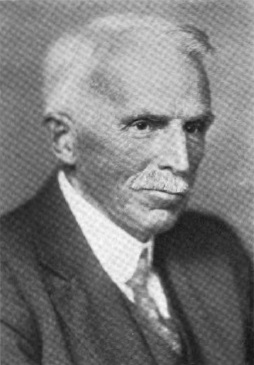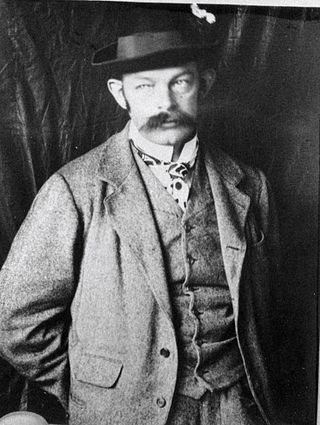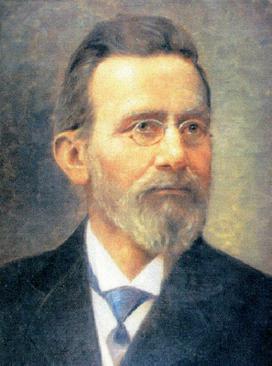
Millipedes are a group of arthropods that are characterised by having two pairs of jointed legs on most body segments; they are known scientifically as the class Diplopoda, the name derived from this feature. Each double-legged segment is a result of two single segments fused together. Most millipedes have very elongated cylindrical or flattened bodies with more than 20 segments, while pill millipedes are shorter and can roll into a tight ball. Although the name "millipede" derives from Latin for "thousand feet", no species was known to have 1,000 or more until the discovery in 2020 of Eumillipes persephone, which can have over 1,300 legs. There are approximately 12,000 named species classified into 16 orders and around 140 families, making Diplopoda the largest class of myriapods, an arthropod group which also includes centipedes and other multi-legged creatures.

Pauropods are small, pale, millipede-like arthropods. Around 830 species in twelve families are found worldwide, living in soil and leaf mold. They look rather like centipedes, or millipedes, and may be a sister group of the latter. However, this is controversial, as a close relationship with Symphyla has also been posited.

Myriapods are the members of subphylum Myriapoda, containing arthropods such as millipedes and centipedes. The group contains about 13,000 species, all of them terrestrial.

Ralph Vary Chamberlin was an American biologist, ethnographer, and historian from Salt Lake City, Utah. He was a faculty member of the University of Utah for over 25 years, where he helped establish the School of Medicine and served as its first dean, and later became head of the zoology department. He also taught at Brigham Young University and the University of Pennsylvania, and worked for over a decade at the Museum of Comparative Zoology at Harvard University, where he described species from around the world.

Orator Fuller Cook Jr. was an American botanist, entomologist, and agronomist, known for his work on cotton and rubber cultivation and for coining the term "speciation" to describe the process by which new species arise from existing ones. He published nearly 400 articles on topics such as genetics, evolution, sociology, geography, and anthropology.
Euphoberia is an extinct genus of millipede from the Pennsylvanian epoch of the Late Carboniferous, measuring up to 15 centimetres (5.9 in) in length, that is small in Euphoberiidae which contains species with length about 30 centimetres (12 in). Fossils have been found in Europe and North America.

Glomerida is an order of pill-millipedes found primarily in the Northern Hemisphere. Also known as northern pill millipedes, they superficially resemble pill-bugs or woodlice, and can enroll into a protective ball. They have twelve body segments, 17 to 19 pairs of legs, and males have enlarged rear legs involved in mating. The order includes about 30 genera and at least 280 species, including Glomeris marginata, the common European pill-millipede. The order contains members in Europe, South-east Asia and the Americas from California to Guatemala. Although historically considered closely related with the similar sphaerotheriidans that also enroll, some DNA evidence suggest they may be more closely related to glomeridesmidans, a poorly known order that does not enroll.
KarlWilhelm Verhoeff was a German myriapodologist and entomologist, specialising in myriapods as well as woodlice and to a lesser extent insects.

Carl August Graf Attems-Petzenstein was an Austrian myriapodologist and invertebrate zoologist. He published 138 scientific papers, most of them dealing with his specialist field, the myriapods. He described about 1800 new species and subspecies from all over the world.

Ödön Tömösváry was Hungarian naturalist, myriapodologist and entomologist. In 1883 he made the seminal description of peculiar sensory organ of myriapods, known today as the temporal organ or organ of Tömösváry.

Archipolypoda is an extinct group of millipedes known from fossils in Europe and North America and containing the earliest known land animals. The Archipolypoda was erected by Scudder (1882) but redefined in 2005 with the description of several new species from Scotland. Distinguishing characteristics include relatively large eyes with densely packed ocelli, and modified leg pairs on the 8th body ring. Some species had prominent spines while others had a flattened appearance.

Richard Lawrence Hoffman was an American zoologist known as an international expert on millipedes, and a leading authority on the natural history of Virginia and the Appalachian Mountains. He was a biology professor at Virginia's Radford College for almost thirty years, and curator of invertebrates at the Virginia Museum of Natural History for another twenty years. He co-founded the Virginia Natural History Society, described over 400 species of millipedes, and produced more than 480 scientific publications. He is commemorated in the scientific and/or common names of over 30 animal species, including the valley and ridge salamander and Hoffman's dwarf centipede.

Siphoniulus is a poorly known genus of millipede containing only two living species: S. alba from Indonesia, and S. neotropicus from Mexico and Guatemala. An additional two fossil species are known from Cretaceous amber. Siphoniulus species are the only members of the family Siphoniulidae and order Siphoniulida, making Siphoniulida the smallest millipede order. Few specimens are known, and their classification is contentious, although most recent studies place them as basal members of the Helminthomorpha.

Harold Frederick Loomis was an American botanist and myriapodologist known for his contributions to agronomy, plant pathology, and millipede taxonomy. He worked for the U.S. Department of Agriculture for over four decades, studying diseases of crop plants, and was a colleague of Orator F. Cook. He also made major contributions to the natural history of Central America and the West Indies, naming over 500 species of millipedes in total. He co-described with Cook the leggiest animal on earth: Illacme plenipes, with over 700 legs.

Casimir Albrecht Willem Jeekel (1922–2010) was a Dutch myriapodologist and entomologist known for his major contributions to the taxonomy of millipedes. His 1971 monograph Nomenclator Generum et Familiarum Diplopodorum is credited as launching the "modern era" of millipede taxonomy, and has been considered the "most important single work ever published on the Diplopoda". He served as director of the Zoological Museum Amsterdam, and authored over 150 works on the taxonomy of millipedes and other myriapods.

Robert Latzel was an Austrian myriapodologist and entomologist who published a series of pioneering works on millipedes, centipedes, and allies. His collection of myriapod specimens, today housed in the Natural History Museum of Vienna, includes many type specimens. His monographs on the myriapods of the Austro-Hungarian Empire were the first comprehensive treatments of the large region's centipede and millipede faunas. He named nearly 130 taxa of millipedes and over 40 centipede groups, as well as four taxa each of pauropods and symphylans. His work on millipedes pioneered the use of gonopods in millipede classification and species recognition. At least three authors have honored Latzel by naming a genus Latzelia.
Palaeodesmus tuberculata is an extinct species of millipede known from the lower Devonian period of modern-day Scotland. It was originally described as "Kampecaris tuberculata" by the Reverend Stanley Graham Brade-Birks, but was placed in its own new genus, Palaeodesmus, in 2004. Palaeodesmus has three rows of tubercles or bosses in the shape of round-edged squares or rectangles on the dorsal portion of each body segment. Palaeodesmus is a member of the extinct group Archipolypoda, but its anatomy is too poorly known to place it confidently within any known taxonomic family or order, and so it remains incertae sedis, although possibly related to archidesmidan species such as Archidesmus.

Henry Wilfred Brolemann was a French myriapodologist and former president of the Société entomologique de France known for major works on centipedes and millipedes, of which he named some 500 species. Brolemann was born on 10 July 1860 in Paris, to a wealthy family of Israelite industrialists and bankers that had long since converted to Protestantism. He graduated from the University of Paris and was in the banking business early in life, then left for studies in the United States, including at Indiana University, and then studied in Italy before returning to France and becoming one of the world's experts in myriapods. Brolemann was fluent in English, German and Italian, and wrote in Spanish and Portuguese.
Otto Kraus was a German arachnologist and myriapodologist. He was director of the Zoological Institute and Zoological Museum at the University of Hamburg from 1969 to 1995, where he also served as professor. He was a commissioner (1963–1995) and president (1989–1995) of the International Commission on Zoological Nomenclature (ICZN). He published nearly 200 scientific papers and described nearly 500 species of myriapods and over 80 species of spiders. His works include contributions to the encyclopedia Grzimeks Tierleben and the German translation of Ernst Mayr's Principles of Systematic Zoology.
Edward Holt Eason was a pre-eminent British myriapodologist, as well as being a medical doctor and farmer, who carried out extensive taxonomic research on centipedes.
















